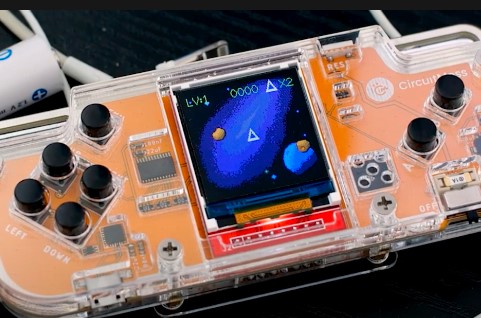Custom console builds have emerged as a popular trend among gaming enthusiasts seeking to personalize their gaming experiences and push the boundaries of traditional gaming hardware. From custom-designed consoles with unique aesthetics to modified internals optimized for performance, these builds offer gamers the opportunity to create a gaming setup that reflects their individual preferences and style. In this comprehensive guide, we’ll explore the world of custom console builds, covering everything from design considerations and hardware modifications to software customization and community resources.

The Rise of Custom Console Builds
As gaming has evolved from a niche hobby to a mainstream form of entertainment, so too has the desire among gamers to customize and personalize their gaming setups. Custom console builds represent the pinnacle of this trend, allowing gamers to take control of every aspect of their gaming experience, from the appearance of their console to its performance capabilities.
Aesthetics and Design
One of the primary motivations behind custom console builds is the desire to create a visually striking and unique gaming setup. From custom paint jobs and vinyl wraps to intricate case mods and LED lighting, there are countless ways to customize the appearance of a console and make it stand out from the crowd.
Performance and Functionality
In addition to aesthetics, custom console builds also offer the opportunity to enhance the performance and functionality of gaming hardware. This can include upgrading internal components such as the CPU, GPU, and storage drives to improve gaming performance, as well as adding aftermarket cooling solutions to keep temperatures in check during intense gaming sessions.
Planning Your Custom Console Build
Before diving into a custom console build project, it’s essential to carefully plan and consider your goals, preferences, and budget. Here are some key factors to keep in mind:
Budget
Custom console builds can vary widely in cost depending on the scope of the project and the components involved. Before getting started, it’s essential to establish a budget and prioritize spending on components and modifications that will have the most significant impact on your gaming experience.
Compatibility
When selecting components for your custom console build, it’s crucial to ensure compatibility with the existing hardware and software. This includes compatibility with the console’s operating system, as well as physical compatibility with the console’s case and internal layout.
Design and Aesthetics
Consideration should also be given to the design and aesthetics of your custom console build. Whether you prefer a sleek and minimalist look or a bold and eye-catching design, choose components and modifications that reflect your personal style and preferences.
Building Your Custom Console
Once you’ve planned your custom console build, it’s time to roll up your sleeves and get to work. Here’s a step-by-step guide to building your custom console:
Step 1: Disassembly
Begin by disassembling your console and removing any components that you plan to replace or modify. Take care to document the disassembly process and keep track of any screws or fasteners to ensure smooth reassembly later on.
Step 2: Component Installation
Next, install the new components or modifications according to the manufacturer’s instructions. This may include upgrading the CPU, GPU, RAM, storage drives, or other internal components, as well as adding aftermarket cooling solutions or custom lighting effects.
Step 3: Cable Management
Pay close attention to cable management to ensure that your custom console build looks clean and organized. Use cable ties, Velcro straps, or cable channels to route cables neatly and prevent them from interfering with airflow or other components.
Step 4: Testing and Troubleshooting
Once the components are installed and cables are managed, it’s time to test your custom console build to ensure that everything is working correctly. Power on the console and check for any error messages, unusual noises, or other signs of trouble. If necessary, troubleshoot any issues and make adjustments as needed.
Step 5: Reassembly and Final Touches
Finally, reassemble the console, taking care to reinstall any removed components and fasteners. Apply any final touches, such as custom decals or paint accents, to personalize the appearance of your custom console build further.
Software Customization and Optimization
In addition to hardware modifications, custom console builds often involve software customization and optimization to tailor the gaming experience to the user’s preferences. This can include installing custom firmware or operating systems, tweaking graphics settings for optimal performance, and installing custom themes or UI modifications.
Community Resources and Support
For those embarking on their first custom console build, there is a wealth of community resources and support available online. From forums and social media groups to dedicated websites and YouTube channels, there are countless resources where enthusiasts can share tips, tricks, and advice for building and customizing consoles.
Conclusion: Crafting Your Dream Gaming Setup
Custom console builds offer gamers the opportunity to create a gaming setup that is as unique and individual as they are. Whether you’re looking to enhance performance, customize aesthetics, or simply express your creativity, building a custom console can be a rewarding and fulfilling project. By carefully planning your build, selecting the right components, and tapping into the wealth of community resources available, you can unlock a world of possibilities and create a gaming setup that truly stands out from the crowd.
From sleek and minimalist designs to bold and eye-catching creations, the only limit to what you can achieve with a custom console build is your imagination. So roll up your sleeves, gather your tools, and embark on the journey of building your dream gaming setup today!
